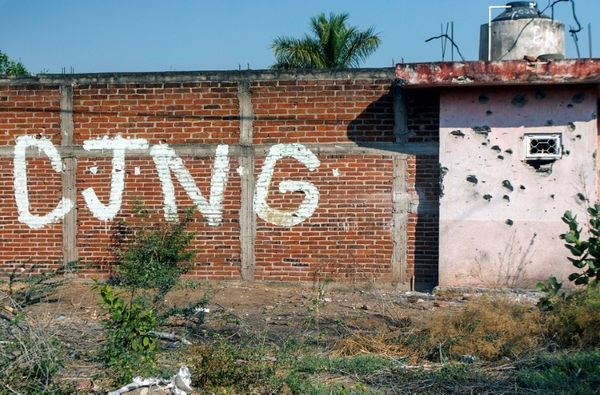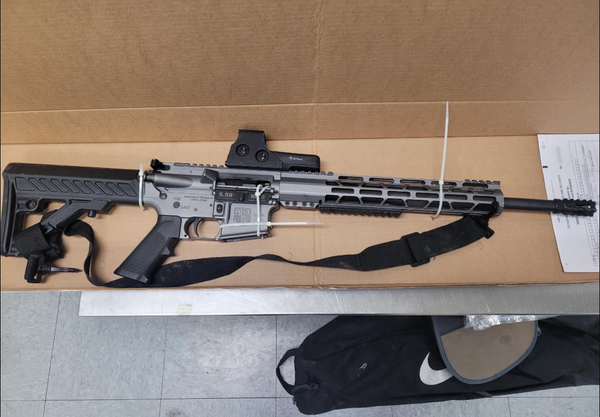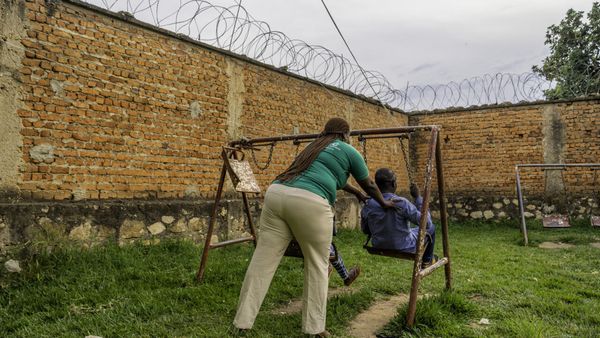
I have mourned Team Silent's departure from the franchise for what feels like eternity, trapped in my own Fog World, hoping to find solace in Silent Hill's return. Is the shift from a Western to an Eastern world, with Japanese folklore as its heart, exactly what this iconic franchise needs to get back on the map and reclaim its psychological horror throne?
Known for its subtle symbolism and horrifying atmosphere, the nightmare of Silent Hill has moved over to the fictional 1960s Ebisugaoka, a once quiet town that's now succumbing to the Fog World. Dreams and worlds collide, where a struggle for identity and purpose ensues. Silent Hill f's Hinako Shimizu battles against traditional Japanese culture's understanding of what it means to be a woman and what is expected of her.
f manages to both feel and not feel like Silent Hill

f is quintessential Silent Hill carving its own mark—and it's a deep one. The atmosphere is quiet at first—almost peaceful. But it quickly creeps up and shocks you, encompassing you in a winding labyrinth which brilliantly goes hand-in-hand with the twisted narrative and unforgiving monstrosities.
Ryukishi07, known for masterfully crafting psychological torment against his creations in Higurashi: When They Cry, delivers another perplexing narrative that slots right into Silent Hill's cruel lore. Paranoia festers, anxiety grows, and monsters lash out like an angsty teen just trying to understand their place in the world.
The enemy themes, sound design, and rural environment create an immersive world that's dying for you to explore it. Exploration came with ease thanks to the infinite sprint outside combat and the flawless level design. The enemies feel like a callback to the best of Silent Hill, with grotesquely beautiful designs that made me stop to appreciate and wonder how these disturbing abominations manifested in such a young mind.
The dreamlike world of f is on constant show

What feels vastly different to typical Silent Hill is the Otherworld. Rather than the cultist narrative we've seen time and time again, f's Otherworld looks purely at Japanese folklore as Fog World delves into the culture. This, alongside the more modernized combat, gives Silent Hill a fresh coat of paint.
Surrealism is delivered through the strange narrative rather than its dialogue, where you'll likely be as confused as I was about seeing the bigger picture. Puzzles are a good mix of moderate difficulty to very challenging, where f slots in right alongside Team Silent's titles. Solving these mostly comes down to collecting clues from your surroundings to fill out Hinako's journal.
Minor flaws to an otherwise twisted spectacle

The experience is ever so slightly weakened by the choice of inventory and upgrade system. You are limited in what you can pick up, and anything you discard is gone for good. Thankfully, shrines act as save stations where you can offer items for Faith to trade for upgrades. Collectibles in the form of omamori grant buffs to your stats. In addition, you can wield three weapons that can be repaired and swapped out, each ranging in damage based on their weight and durability.
Any lore I picked up would disappear if you backed out, meaning I couldn't revisit it. This made it more difficult to understand the full story. But anything relating to Hinako and her past is summed up nicely in her journal that you can—and should—look at frequently.
f's combat keeps the fundamentals of Silent Hill, even if it looks vastly different

While the ability to dodge and counter might seem weird coming from a teenage girl, it works here as the monsters are incredibly erratic—throwing combo after combo, jumping across obstacles, and charging without a moment to breathe.
While you will learn how each monster fights and behaves, challenge is implemented through the AI's ability to punish if you dodge too soon, miss a charged attack, or run out of stamina. Fighting is engaging, but can feel repetitive at times (especially when you're forced to fight). Thankfully, combat switches up in the Fog and Otherworld, even though your healing items pass over.
Enemy variety is great, but there are moments where the horror is weakened by the chase sequences that throw everything at you at once. I also wasn't the biggest fan of the antagonist, as it wasn't particularly threatening. f shines in its imagery, as the gross malformations of monsters are all parts disturbing and creepy, wrapped in pretty flowers like a rotten bouquet.
You're welcome to explore, but f will gladly kill you when you're not paying attention

Standout monsters will slow down the pace of play, others will make you flee for your life, making for the perfect balance of fight or flight. I pitied some, feared others, and grew more confident as time went on, just to be punished for my cockiness.
Unravelling f naturally leads to confusion, which only fuels the desire to go back in. Featuring shocking moments that'll make you squirm and leave your jaw on the floor, Silent Hill f kept reeling me in like a fish caught on a line. It's unpredictable, and each ending may answer some of your questions and raise new ones. Its incompleteness strengthens the replayability value of f, for understanding what's really going on requires all endings.
Something I greatly appreciate is New Game+ cutscenes warning you before you skip out on new content. Hinako's reactions and mannerisms alter based on her health points and whether you're facing an enemy head-on or running from it. Some cutscenes are skipped altogether in NG+ to save yourself from repetitiveness.
f finally feels like Silent Hill has returned to its roots, even if it has absolutely nothing to do with Alessa or that terrifying town we'll never forget
A new home for the franchise that I'd gladly see more of, f invites you into a brutal internal battle with friendship, mystery, paranoia, and regret, where every ending had me dissecting everything I saw until my time in Ebisugaoka was no more.
The post Silent Hill f review – Welcome home, you beauty appeared first on Destructoid.







